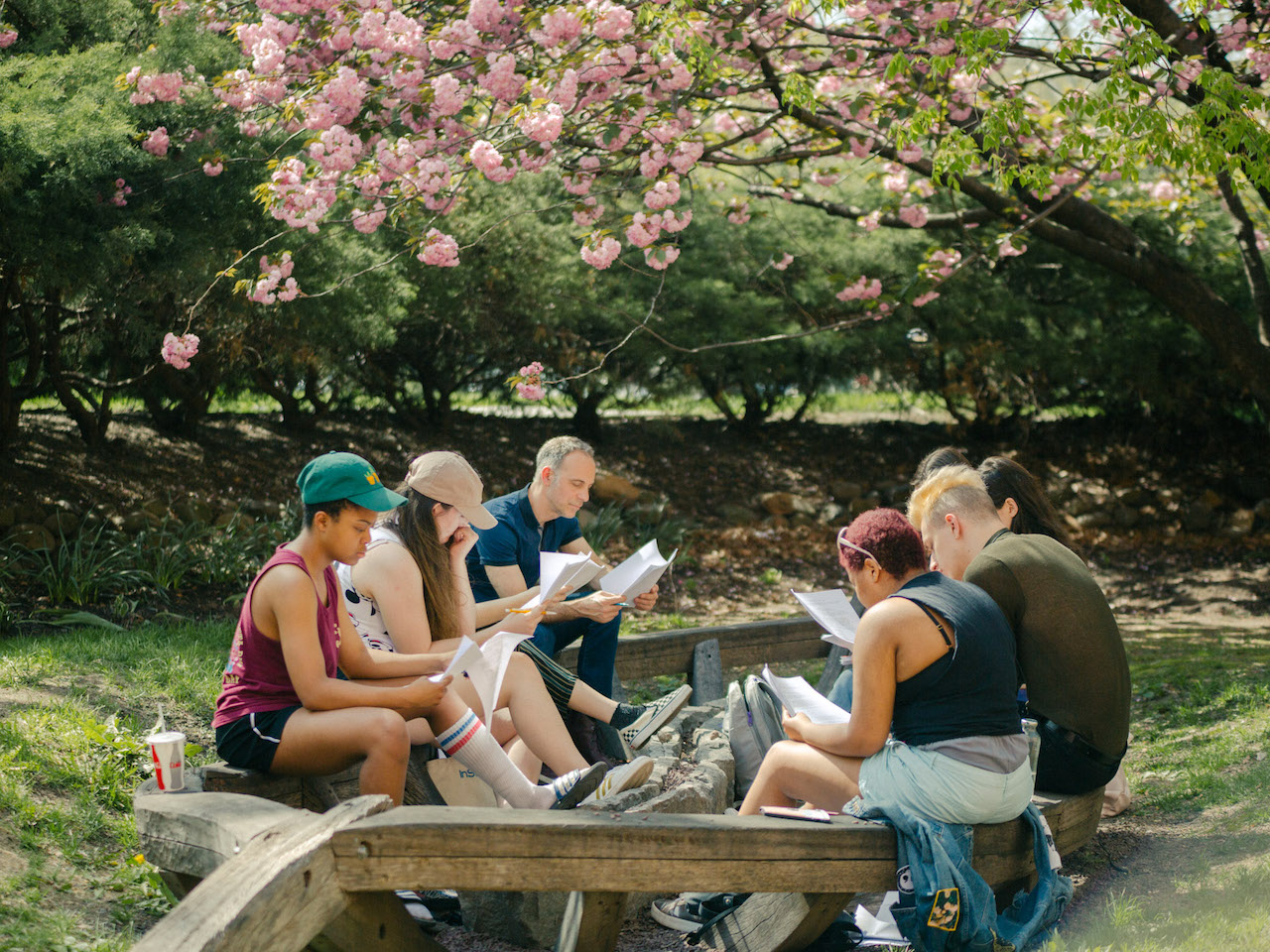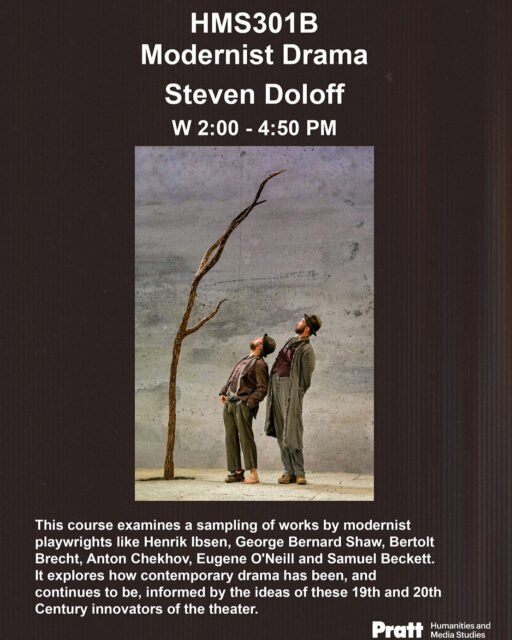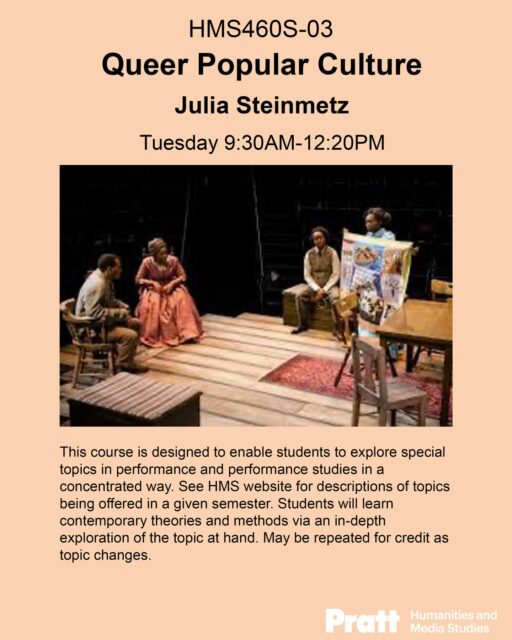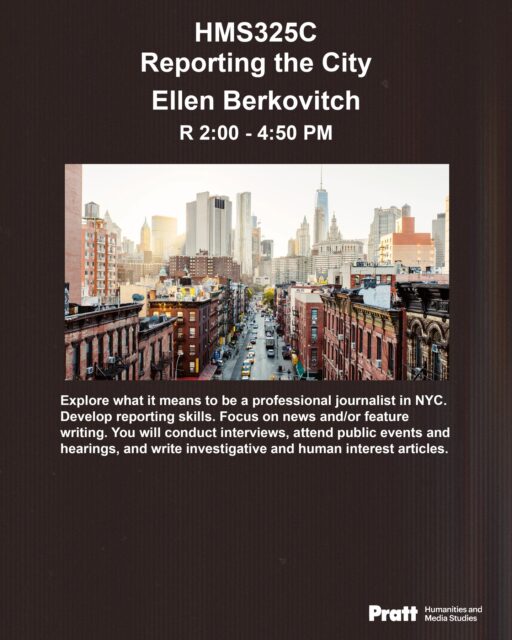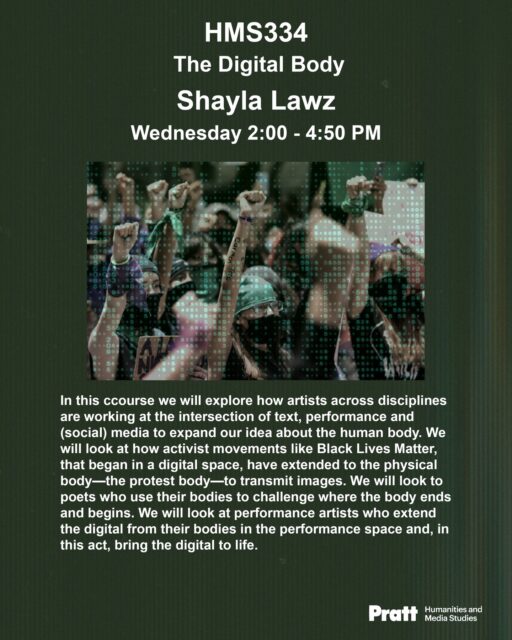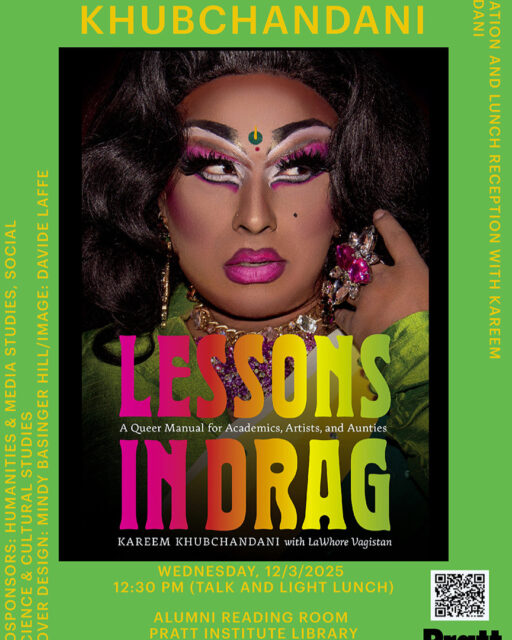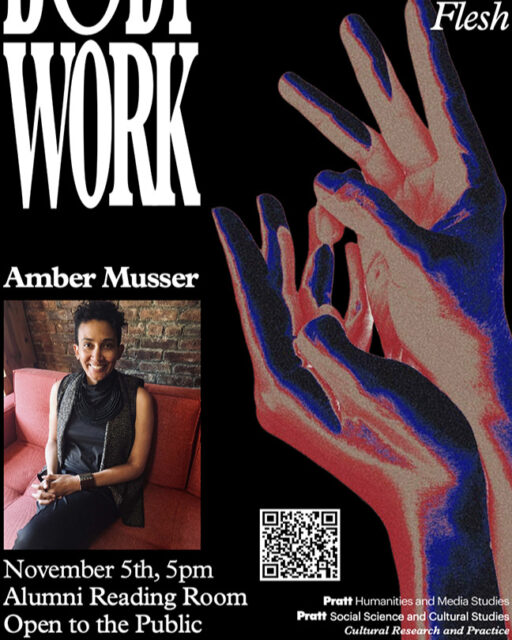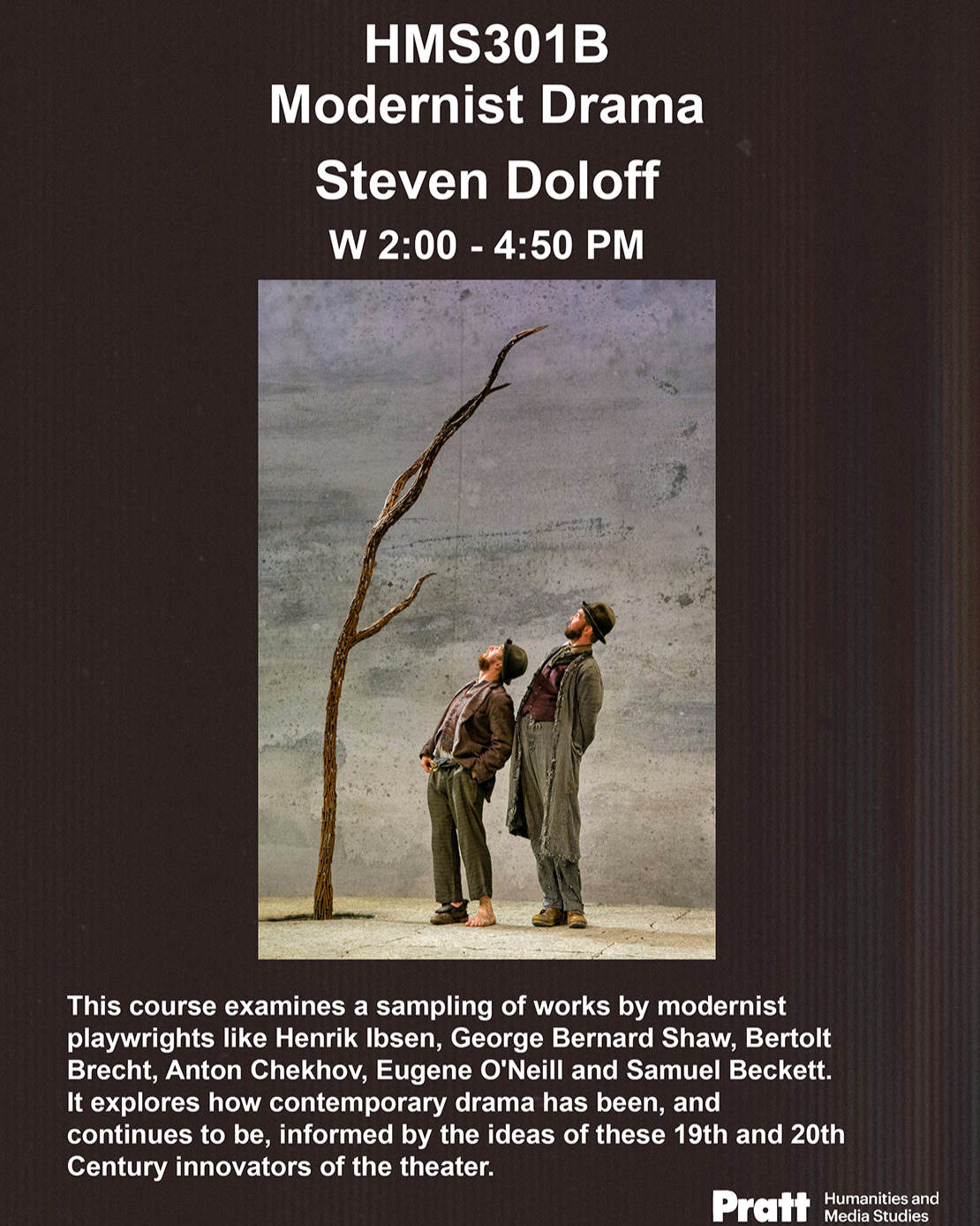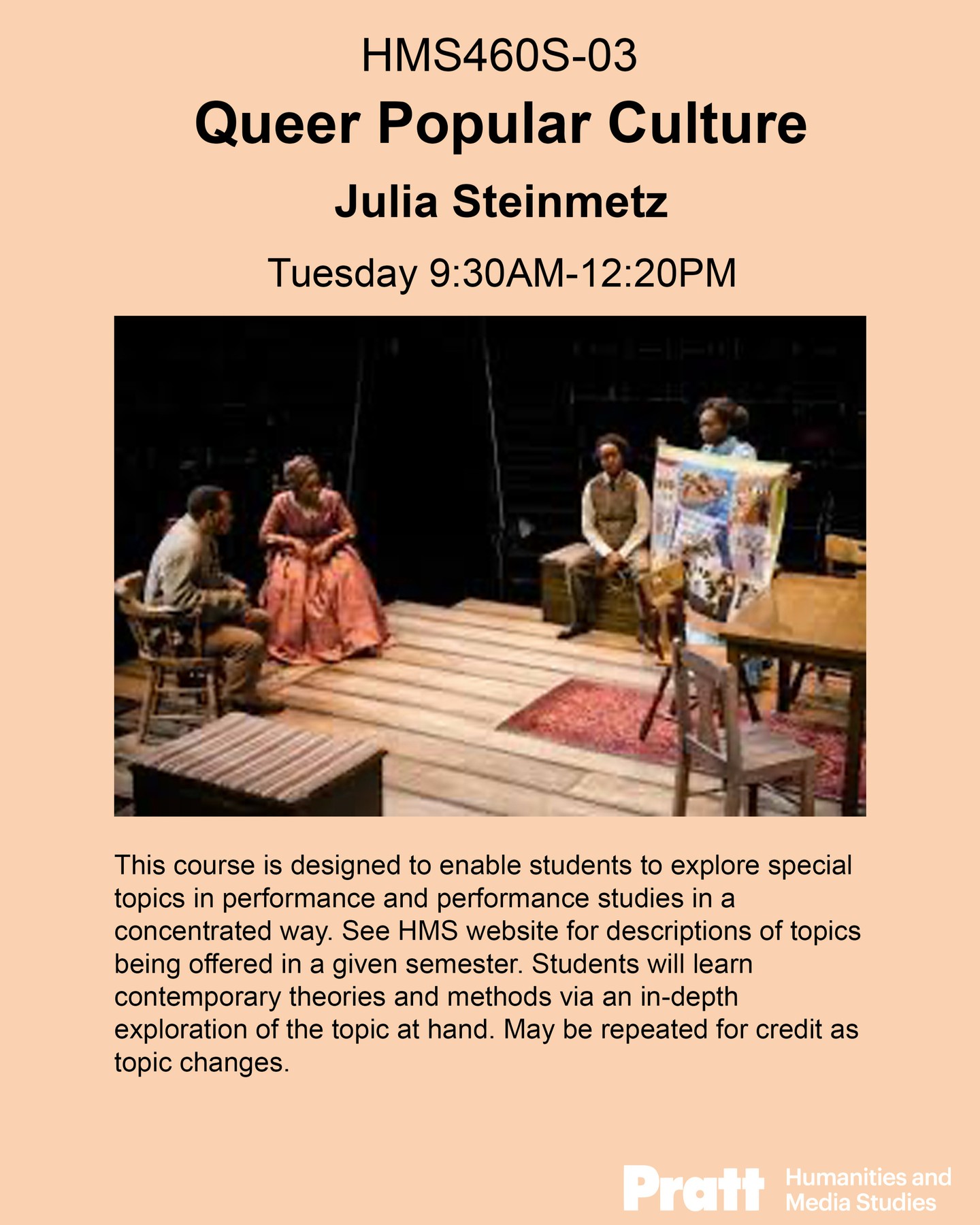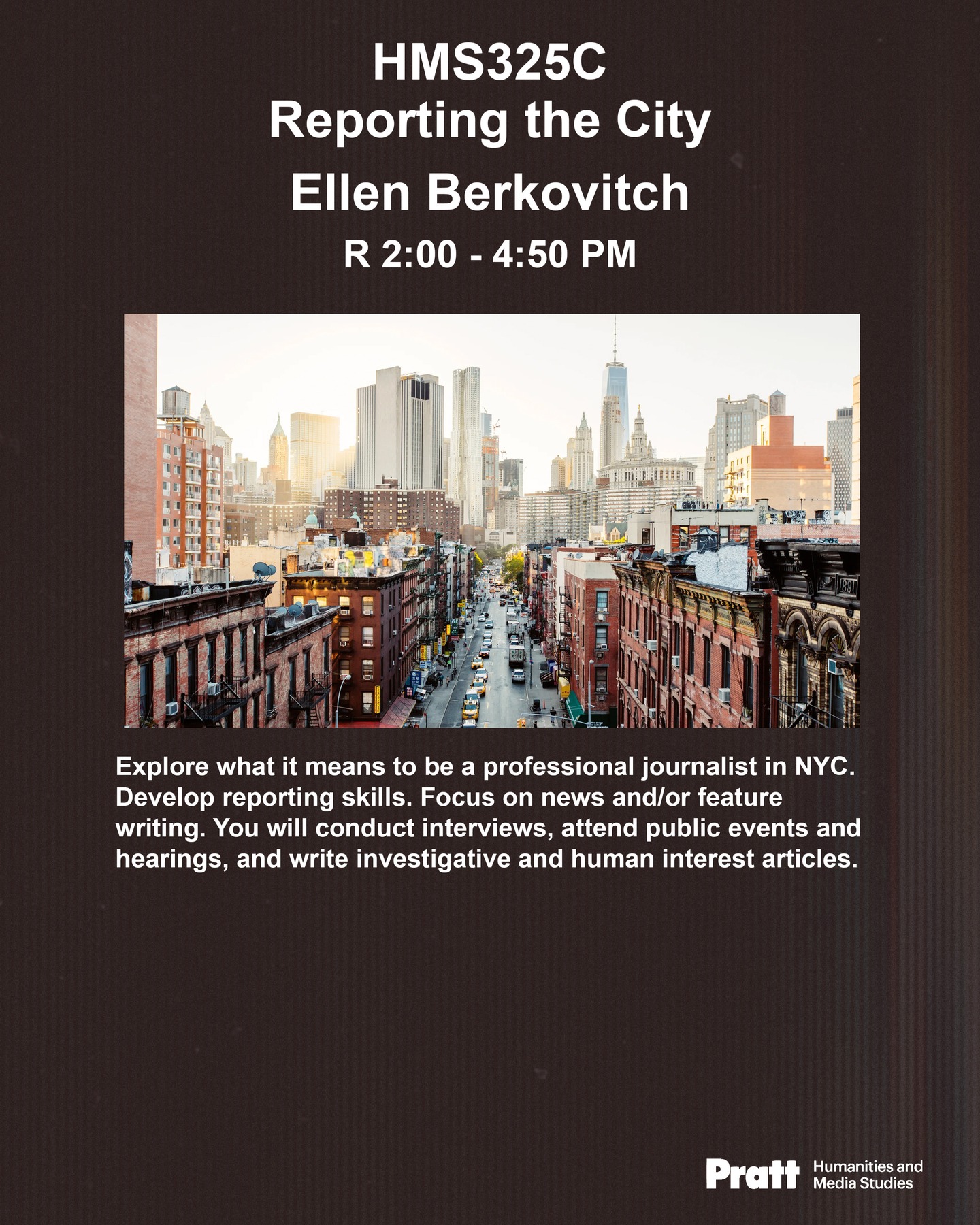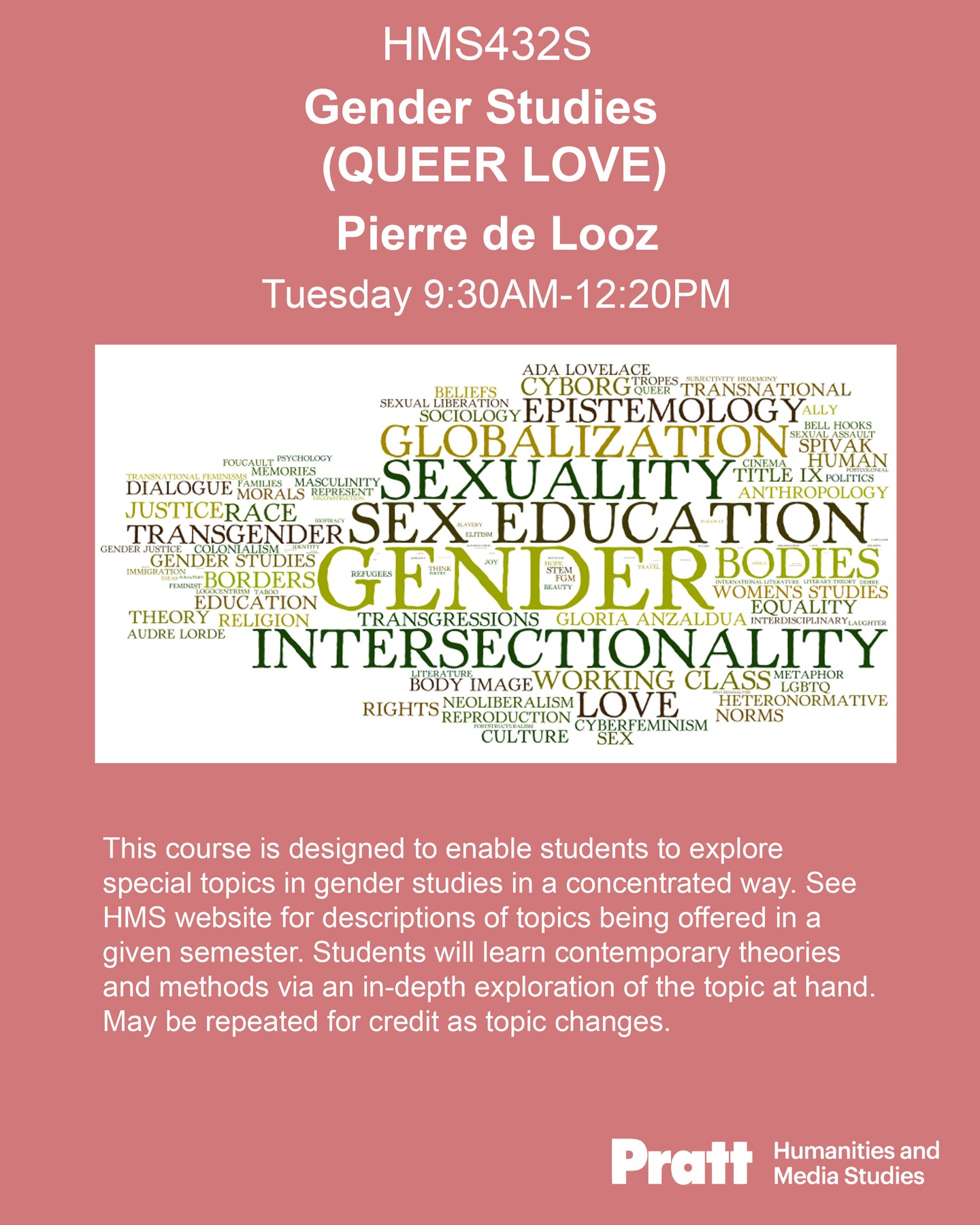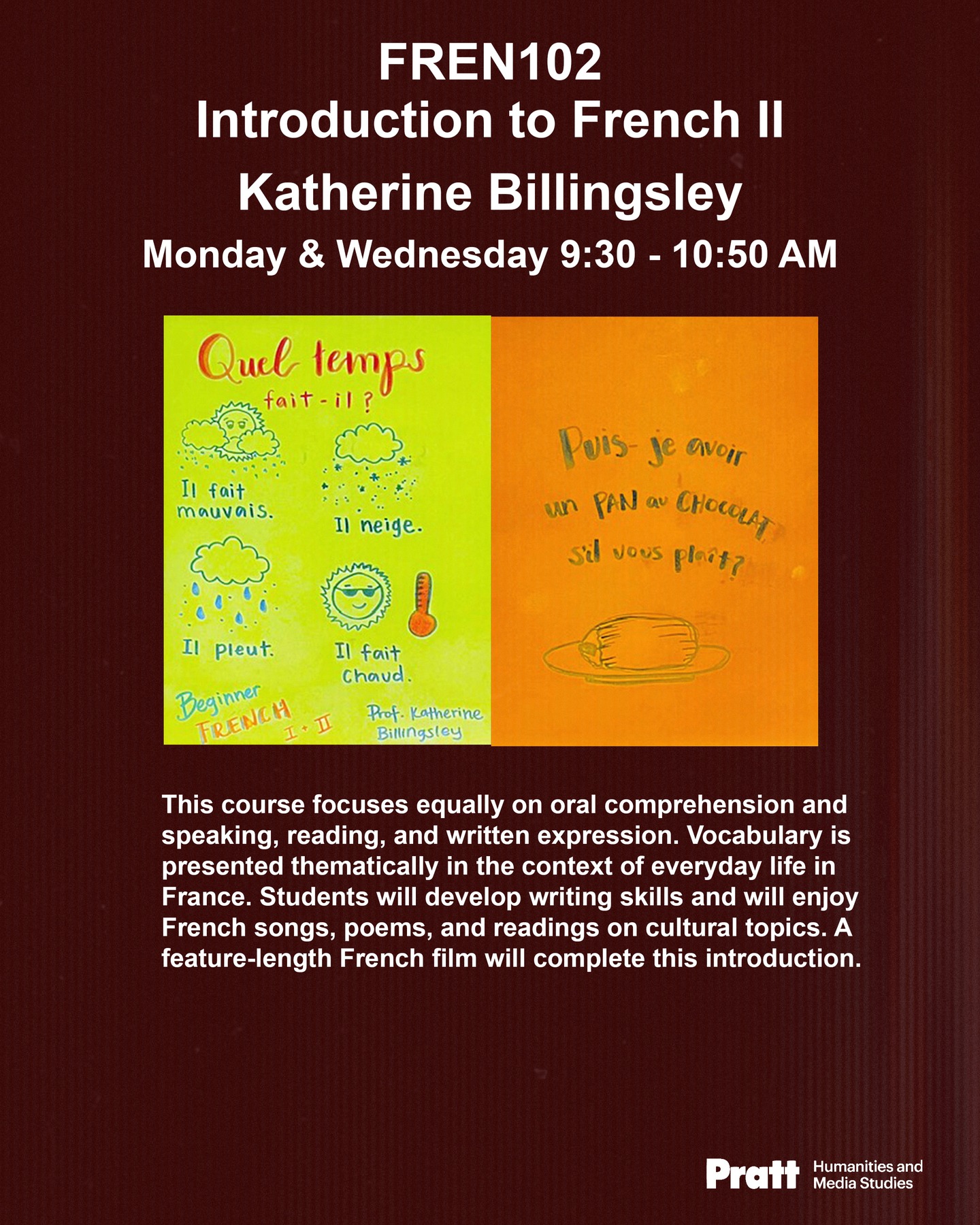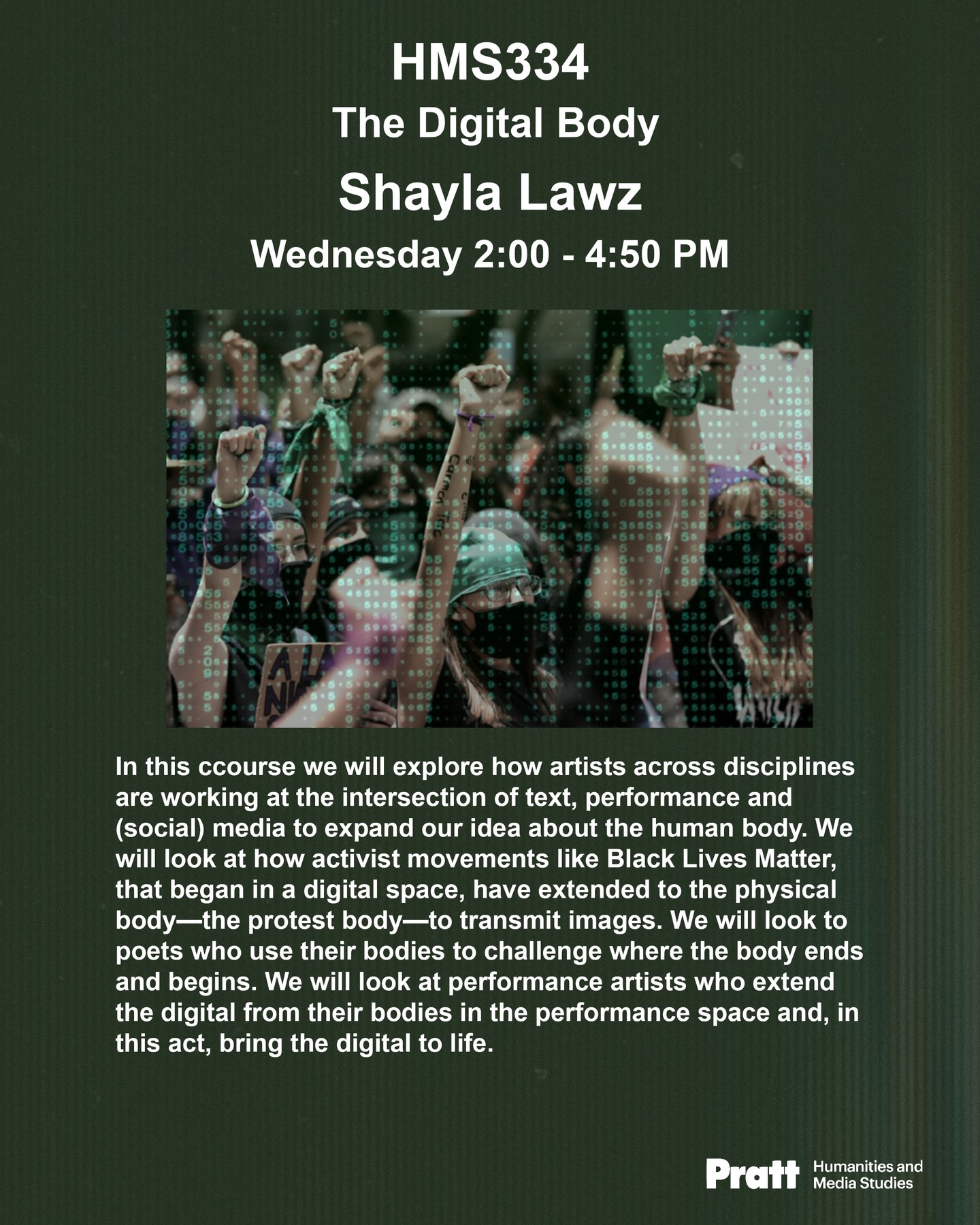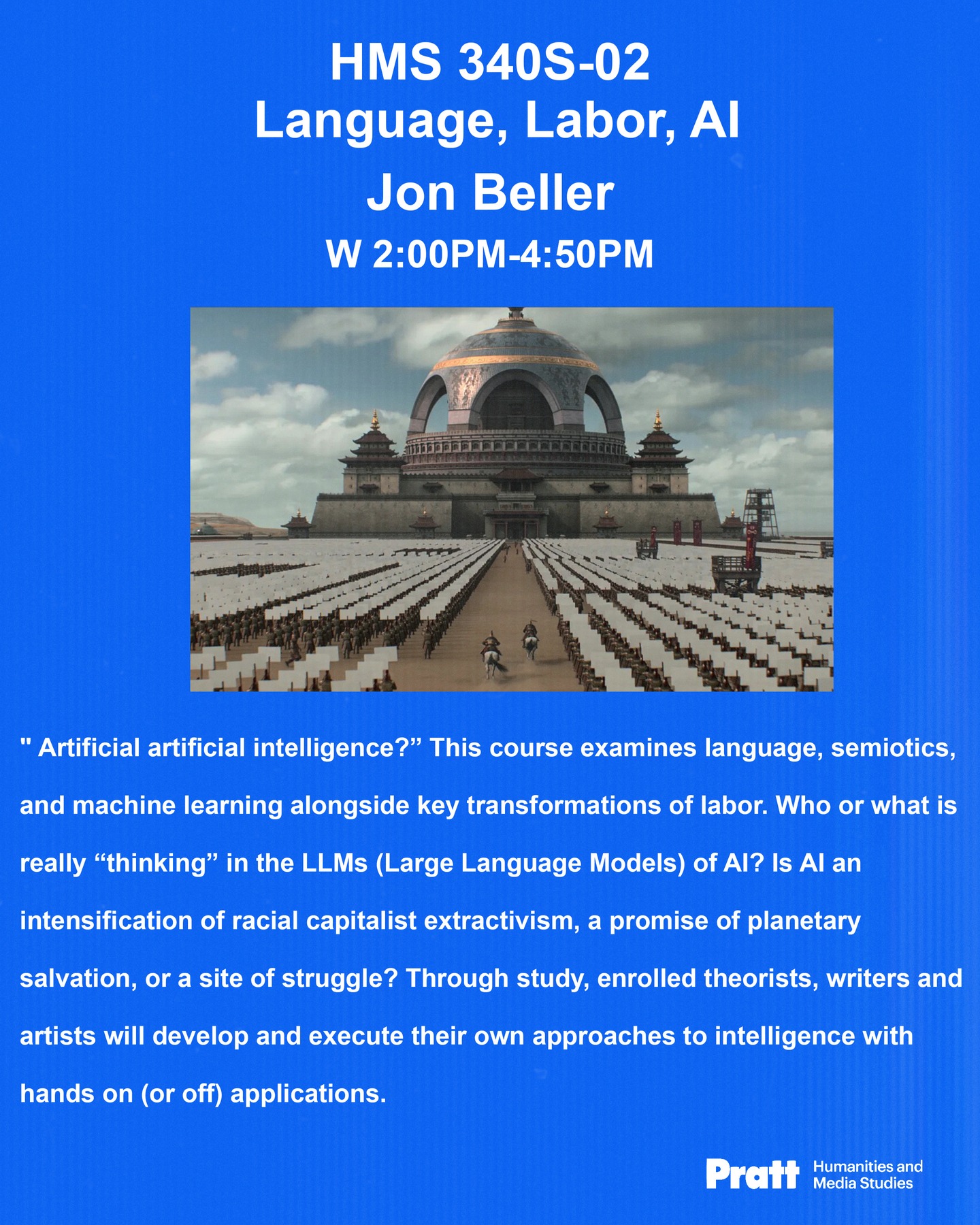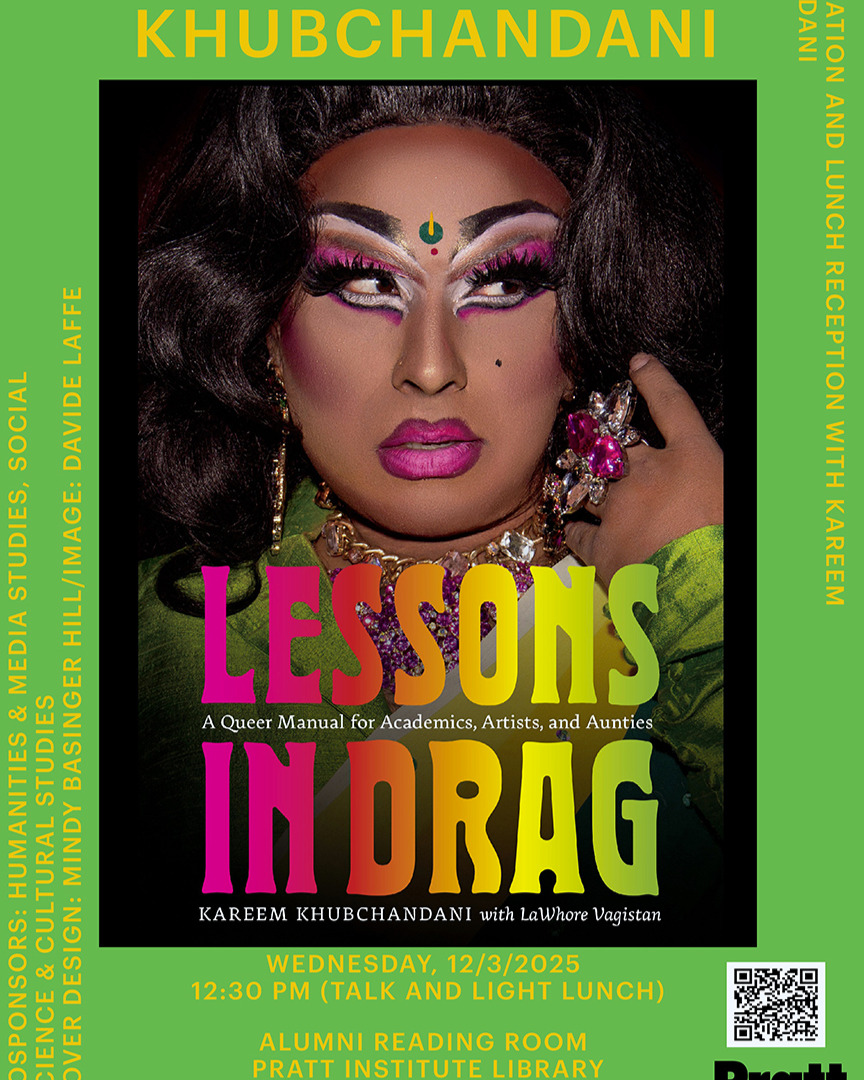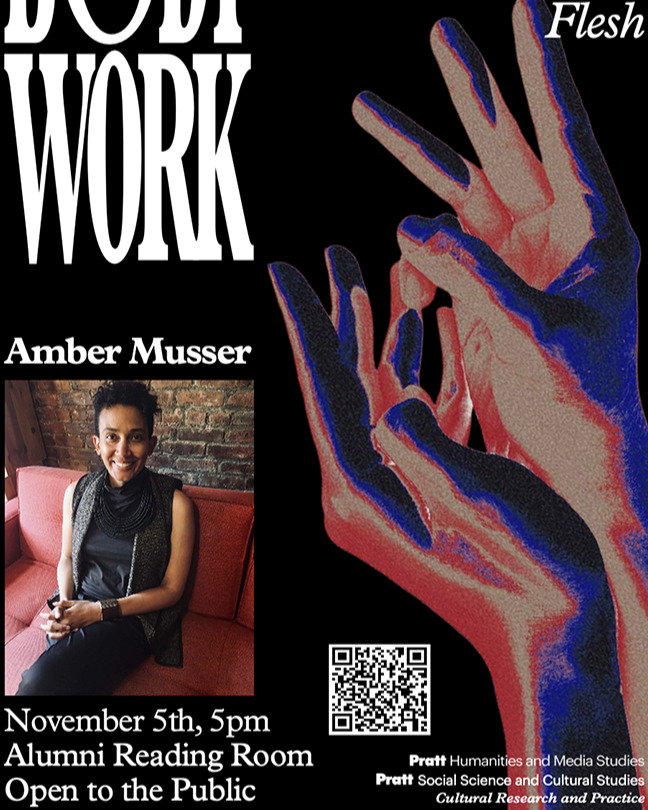Emphasizing interpretation, theory, history, and cultures of film across the world, this program is a perfect complement for Film/Video or other majors who want to develop a critical understanding of cinema.

The Cinema Studies Minor is for students who want to gain an understanding of film from a humanities perspective. Emphasizing interpretation, theory, history, and cultures of film across the world, it’s a perfect complement for Film/Video majors or other majors who want to develop a critical understanding of cinema, including its relation to new screen and moving image cultures in a global context. The minor involves a required course (Intensive Film Theory) and four electives. It may be declared at any time.
Minor Coordinator
Chris Vitale
cvitale@pratt.edu
718.636.3600
